
"There is a great deal that ails psychiatry-over-diagnosis, overtreatment, misallocation of resources, consistent breaches of patients’ fundamental human rights, and so forth," says Dr McLaren in this interview.

"There is a great deal that ails psychiatry-over-diagnosis, overtreatment, misallocation of resources, consistent breaches of patients’ fundamental human rights, and so forth," says Dr McLaren in this interview.
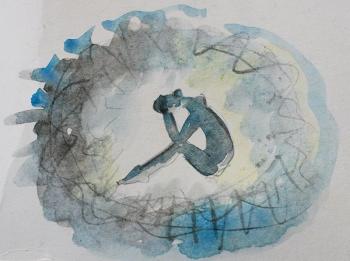
The articles in this Special Report focus on the interplay between trauma and its consequences, including violent behaviors, substance use disorders, and stroke. Taken together, the articles may contribute to a better understanding of-and treatment development for-patients exposed to trauma.

Ultimately, the decision about involuntary treatment is about risk, not predictable outcomes. In many cases, however, these decisions are much more difficult and, until our crystal balls arrive, our best efforts may still fall short.
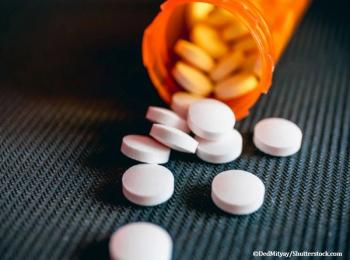
Psychotic violence is associated with primary psychotic disorders such as schizophrenia, schizoaffective disorder, and bipolar disorder. While it may be that psychotic violence is the least common type of violence in inpatient environments, it is also the most treatable.

This generation of young people may have a unique risk of exposure to stress and researchers and clinicians are increasingly concerned about the long-term health consequences of such chronic exposure for young adults.
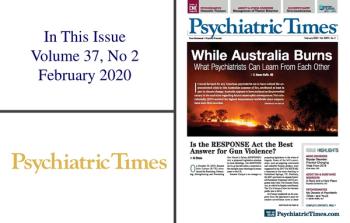
Read the Psychiatric Times February 2020 issue cover-to-cover, with a bonus PDF.
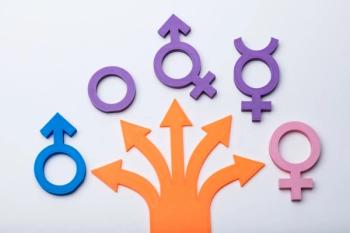
A hypothetical first conversation with a non-binary person . . . One of us would be feeling nervous and the other certain-a phenomenon not unfamiliar to a psychiatrist, only here the roles would be reversed.

A phone rings on stage like a flashback and we return to our fantasy that characters can die and revive, that the show must go on . . .

James L. Knoll IV, MD, analyzes the ethical and legal duties of psychiatrists treating substance use disorders.

With the help of psychotherapy, something from the deep unconscious helped cure her depression, forge her character, and guide her to a sense of peace.

The treatment of bipolar disorder changed in ways big and small in 2019. More in this summary.

The costs, risks, and considerations involved in treating addiction have upped the ante, as illustrated in this case.

As the evidence base grows and patients continue to demand better options, barriers will be lifted and neuromodulation will occupy a larger role in the psychiatric toolbox.

How can a human being commit such acts without being under the influence of some powerful “alien” force? How can they not be "mentally ill"? Here's how.

A cultural shift has occurred and intimate partner violence (IPV) is no longer defined as a family affair, but one that has lasting effects on the individual, the family, and the community.

Chairman and Founder, MJH Life Sciences, Mike Hennessy, Sr, introduces the February issue.

Editor in Chief John Miller, MD, shares his insights on the upcoming Psychiatric Times World CME Conference in October.

We are privileged to hear and are trusted with our patients' darkest secrets. Our availability for whatever is needed that is not addressed in the rest of medicine makes us invaluable to society, and this will undoubtedly be the case in the 2020s.
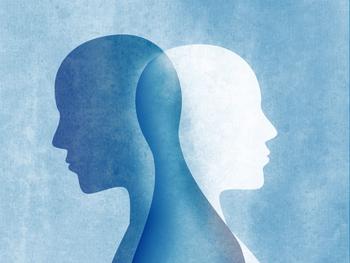
Do you need help persuading patients to try lithium?

Because climate instability is a global challenge, America and Australia, on different sides of the world, can model how global partnerships can work.

On October 23, 2019, Senator John Cornyn (R-TX) introduced the Restoring, Enhancing, Strengthening and Promoting Our Nation’s Safety (RESPONSE) Act: a proposed legislative solution to mass shootings.